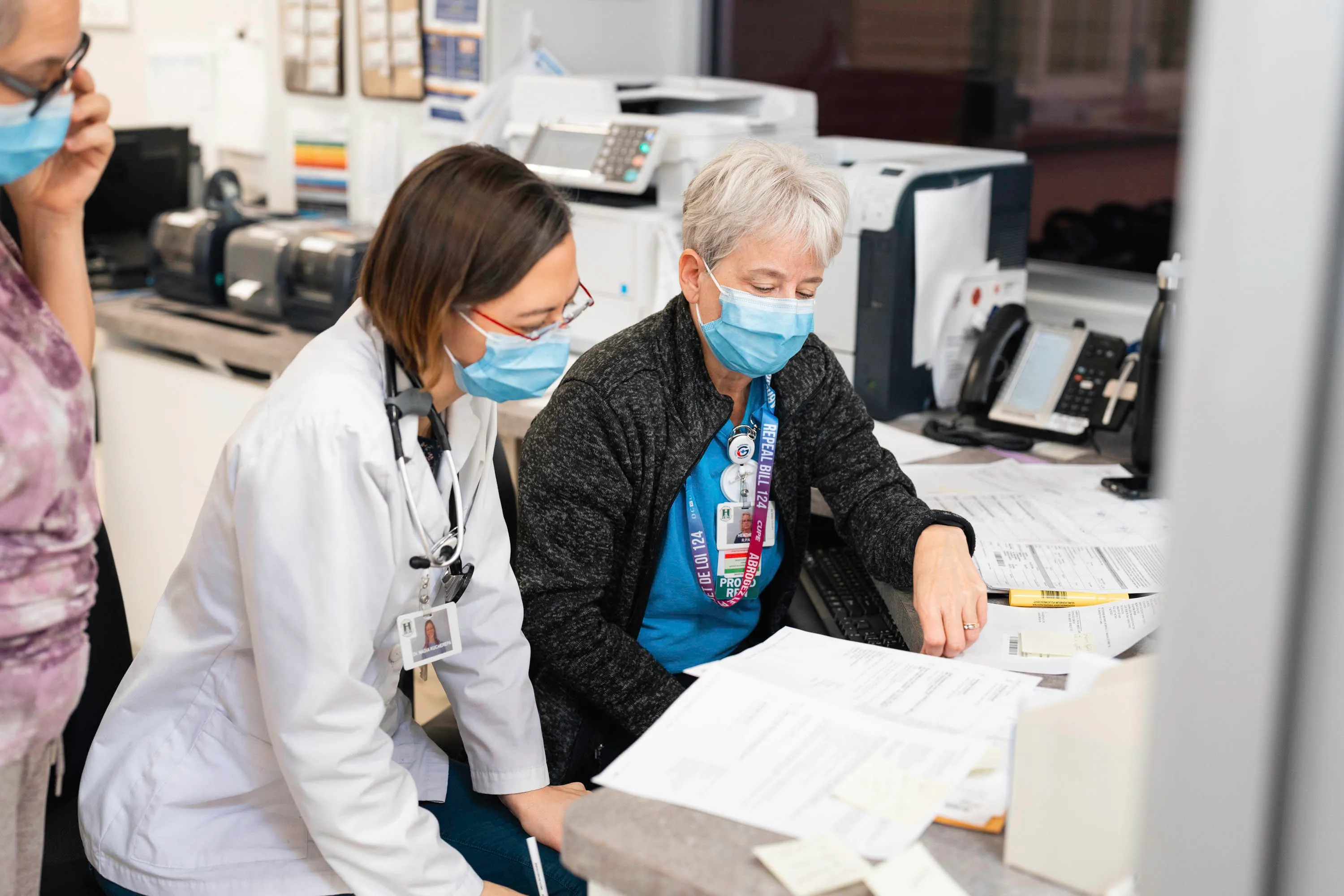Our Story
After 4 years of planning and one year of construction, the hospital opened in May 1965 with 40 beds, 33 active and 7 maternity.
Within ten years, the hospital was offering even more services, including a new 15-bed chronic care unit, a new physiotherapy department, and expanded emergency, laboratory, and x-ray departments.
Increasing standards of care for specialty services changed the focus of the hospital to medical, emergency and outpatient services. Major surgery and maternity services were relocated to larger facilities during the 1980s.
Over the next decade, physician shortages and severe funding cutbacks led to serious concerns for the hospital’s viability. Aggressive strategic planning led to the development of a concept of one-stop shopping for health care.
Physician offices were created within the hospital and became a successful recruitment tool. Two new family physicians were welcomed to the community. Additionally, the 15-bed chronic care unit was re-located to a portion of the medicine unit that had been downsized.
The new millennium saw the focus of health care become one of prevention by promoting healthy life styles and community care. The hospital sought to be pro-active in this new way of thinking and opened a rehabilitation and health promotion pool in April 2001, and the open courtyard was enclosed to provide for a new outdoor-style activity area all year round.
To improve health care integration, the Community Care Access Centre site office of Alexandria was re-located to the other portion of the former chronic care unit.
After four years of planning, the emergency and ambulatory care expansion was opened in 2006. The expansion will accommodate the 100% increase in the number of emergency visits that had been seen over the previous 10 years. Ultrasound and bone mineral densitometry services were added, and in 2009, the day surgery ambulatory care unit was opened following a full-scale renovation.
The next year, in 2010, the post-acute stroke rehabilitation program had its grand opening. This program provides rehabilitation to patients who have suffered a recent stroke and are expected to recover and transition to a community living arrangement.
Cardiac stress testing and cardiac ultrasound became available in 2010 and pulmonary function testing in 2013.
In partnership with the HGMH Foundation, the Therapeutic Garden was opened, which offers patients and visitors a quiet place to relax as well as providing patients with the opportunity to work in the garden as part of their rehabilitation exercises.
The hospital celebrated its 50th anniversary in 2015 with a banquet dinner and a 60s-themed staff reunion.
Further changes included more family physician offices being built onsite, the implementation of a shared electronic medical record in partnership with several other hospitals in the region, the expansion of rehabilitation services to include programs specific to cardiac rehabilitation and geriatric rehabilitation, and renovation of the laboratory.
















